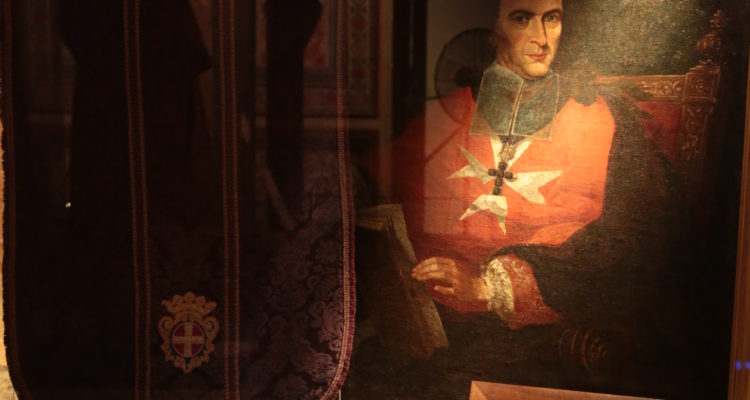
A Timeline of Malta History
1530- The Knights of St John
The Maltese Cross is the symbol of the Sovereign Military in Malta. It was given to the Maltese people by the Knights of St John. The Maltese Cross is still very identifiable today as being part of the Maltese Identity. The Cross has 8 points which signify the 8 commitments of the Order. They are truth, faith, repent, humility, justice, mercy, sincerity and to endure persecution.
As mentioned in the previous newsletter, the Knights had gained faith in the Maltese people and respect for their island after seeing their courage during the Great Siege in 1565. This is when they decided that they wanted to build a fortress around Valletta and make it the Capital City of Malta. Valletta was the best place to do so since it is surrounded by water. This meant they could see the enemies coming and be able to protect the rock.
Valletta
Valletta is Baroque city, an example of modern city planning and a UNESCO World Heritage City today. When building Valletta, they made sure that the design was a grid system to ensure there are no blind spots
where enemies can hide and eventually attack from. This grid system is very similar to the one used in the USA nowadays. You can clearly see it when looking at New York from above.
Valletta remains the Capital City of Malta today and it still holds a lot of value and importance in the Maltese History. This year, Valletta is the European Capital City of Culture. A lot of events still take place in the city, for instance the Notte Bianca. (an annual event that lights up Valletta with its culture and art).
The Knights did not just build Valletta to strengthen the Capital City. They also built the Floriana and Cottonera lines (fortifications) as well as erecting Fort Riscoli. They also refurbished Fort Saint Elmo and Fort Saint Angelo to protect the Island.- These fortifications are still very much visible today.
Apart from protecting the Island, the Knights ensured that enough resources such as water were being supplied. This is why they created the Wignacourt Aqueduct which carried water from Dingli to Valletta.
Although it was a bumpy start with the Order of St John, the Maltese people worked very well with the Order. They were very happy until the French occupation.


